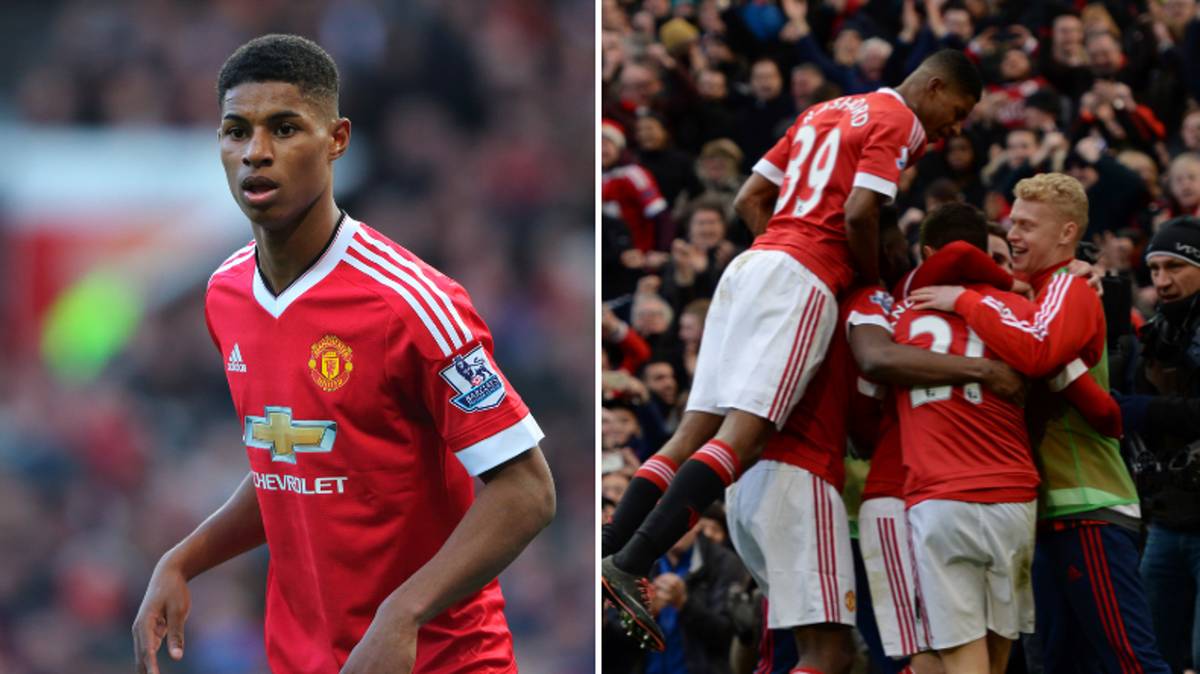
Over the past few years, tipsters, traders and punters alike are talking more and more about “back to lay” opportunities.
What exactly does it mean?
We all understand the principle of a back bet. This is the standard bet that all bookmakers offer where you back a horse to win. If the horse wins, you get paid. If the horses loses, you don’t.
Simple!
A lay bet is the exact opposite. If you lay a horse, you are betting that that horse will not win the race. If the horse comes in any position other than 1st, you get paid your winnings. Lay bets are typically only found on betting exchanges like Betfair and Betdaq.
A back to lay bet makes use of both of these bet types. First, you place a back bet at the current price on the exchange. You then place a lay bet order at lower odds, typically the odds will be significantly lower than that of your back bet. This type of bet is great because your horse doesn’t have to win to make a profit. It’s odds just need to go low enough to match your lay bet.
Picking A Back To Lay
Front-running horses are ideal for back to lay bets. This is because as they take the lead, the market assumes they are have a better chance of winning. Although it may look like they’re doing well at the front, some horses just like to race ahead but get tired quickly towards the end. A lot of these front-runners are overtaken near the final stretch by horses that have saved their energy for a final sprint.
When picking a back to lay horse, look for a horse that consistently runs up front. Ideally, it should be on a course and distance that the horse is familiar with and has lead out consistently on before. It’s worth bearing in mind that the horse doesn’t need to be an odds on favourite. In fact, most front-runners are not favourites.
Be Aware Of The Race
Flat races held over five or six furlongs will act very differently to a two mile jumps race. They’re not necessarily less profitable, but you need to make note of the race conditions when recording your results. Factors such as the going of the course and the number of runners can impact how a horse chooses to run.
Time spent on research and preparation will pay off in the long run. As they say: “Give me six hours to chop down a tree and I will spend the first four sharpening the axe.”
For a more in-depth look into backing to lay, here’s a five-point checklist detailing everything you need to know.



